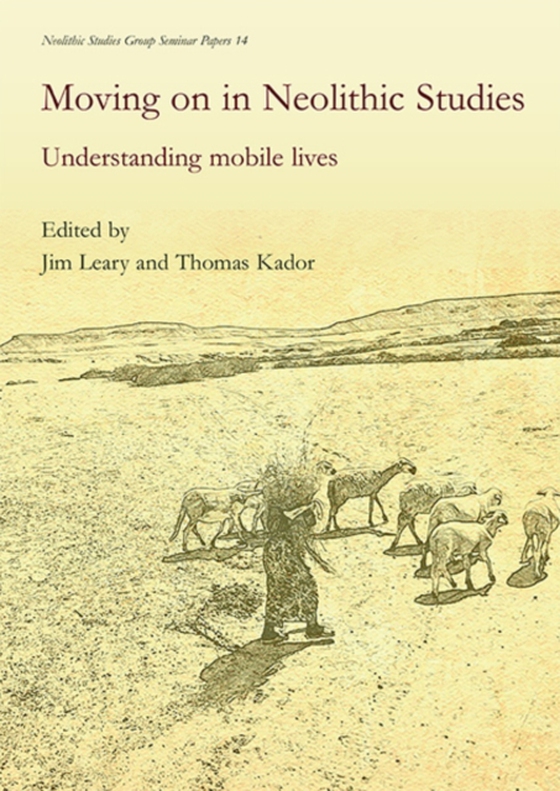
Moving on in Neolithic Studies e-bog
205,98 DKK
(inkl. moms 257,48 DKK)
Mobility is a fundamental facet of being human and should be central to archaeology. Yet mobility itself and the role it plays in the production of social life, is rarely considered as a subject in its own right. This is particularly so with discussions of the Neolithic people where mobility is often framed as being somewhere between a sedentary existence and nomadic movements. This latest coll...
E-bog
205,98 DKK
Forlag
Oxbow Books
Udgivet
29 februar 2016
Længde
256 sider
Genrer
3B
Sprog
English
Format
pdf
Beskyttelse
LCP
ISBN
9781785701795
Mobility is a fundamental facet of being human and should be central to archaeology. Yet mobility itself and the role it plays in the production of social life, is rarely considered as a subject in its own right. This is particularly so with discussions of the Neolithic people where mobility is often framed as being somewhere between a sedentary existence and nomadic movements. This latest collection of papers from the Neolithic Studies Group seminars examines the importance and complexities of movement and mobility, whether on land or water, in the Neolithic period. It uses movement in its widest sense, ranging from everyday mobilities – the routines and rhythms of daily life – to proscribed mobility, such as movement in and around monuments, and occasional and large-scale movements and migrations around the continent and across seas. Papers are roughly grouped and focus on ‘mobility and the landscape’, ‘monuments and mobility’, ‘travelling by water’, and ‘materials and mobility’. Through these themes the volume considers the movement of people, ideas, animals, objects, and information, and uses a wide range of archaeological evidence from isotope analysis; artefact studies; lithic scatters and assemblage diversity.
 Dansk
Dansk

